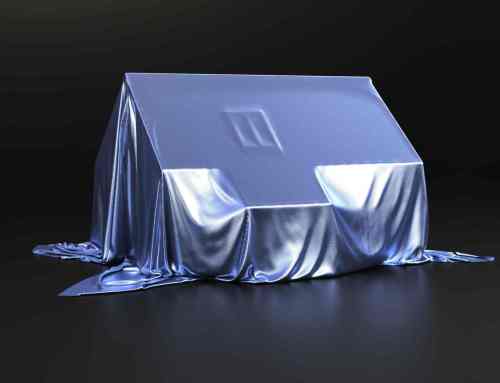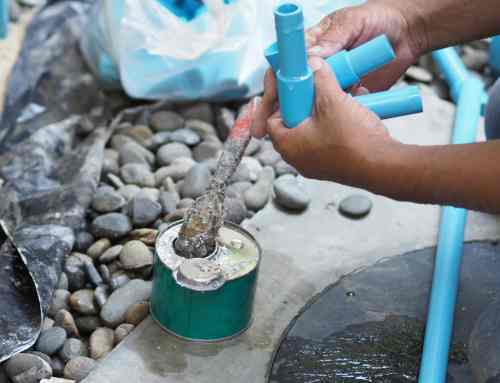Did you know that home water damage emergencies effect 14,000 people every day, and that nationwide, household water damage costs up to $20 billion annually. In the event of a water intrusion in your home or business, time is a key factor in minimizing damage. But there are things that you can do to prevent a water disaster from happening in the first place.
 Plumbing system failures are by far the single largest cause of residential water damage insurance claims. Water begins to damage certain materials like drywall, baseboards, hardwood floors and furniture
Plumbing system failures are by far the single largest cause of residential water damage insurance claims. Water begins to damage certain materials like drywall, baseboards, hardwood floors and furniture
almost immediately. The Insurance Institute for Business & Home Safety (IBHS) urges property owners to inspect interior plumbing components and complete preventive maintenance measures to reduce chances of interior water damage.
IBHS conducted a study of water damage insurance claims, identified five leading causes of damage, and developed the solutions featured below.
1. Cause: PLUMBING SUPPLY SYSTEM FAILURE– The average cost of a plumbing supply system failure was more than $5,000 after the insurance deductible was paid, according to the IBHS study. Prevention: Potential indicators of a plumbing problem include increasing water bills, banging pipes, rust stains, moisture on walls or floors, and signs of wet soil near the foundation. If you see any of these signs, or
you suspect something is not right, call a plumber for a system inspection. Setting the thermostat 60 degrees or higher in during winter freezes, letting faucets drip and insulating pipes are all ways to reduce the risk of frozen pipes. As a backup, install a house leak detection system.
2. Cause: TOILET FAILURE–One third of all toilet failures in the study resulted from an overflowing or clogged toilet. Prevention: After you flush, wait for the valve to completely finish refilling the tank and bowl. If an overflow looks imminent, turn off the supply valve. Twice a year, inspect a toilet’s components, such as the fill, supply and flush valves and the supply line. Consider upgrading the toilet’s supply line to a sturdier braided steel hose.
3. Cause: WATER HEATER FAILURE– The most common causes of water heater failures in the IBHS study were a slow leak or a sudden burst in the tank, followed by supply line failures. Prevention: Check the life expectancy and warranty for the water heater and replace accordingly. Proper maintenance, such as flushing sediments and inspecting the heater’s anode rod, can increase life
expectancy. Inspect valves to ensure proper operations, and use ball valves in place of gate valves whenever possible.
4. Cause: PLUMBING DRAIN SYSTEM FAILURE–The IBHS study found more than half of plumbing system failures were the result of sewer backups.
Prevention: If the home’s sewer system is connected to the city’s sewer system or if you are located downhill or below street level, contact a plumbing professional to install a backflow prevention assembly into the home’s sewer system. Plant trees away from lateral drain lines to prevent roots from damaging piping. Never pour grease down the drain.
5. Cause: WASHING MACHINE FAILURE–One burst inlet hose, and your laundry room is flooded in a matter of minutes, with water quickly spreading to adjacent areas. Prevention: Replace rubber hoses every three years and consider upgrading to sturdier braided steel hoses. When leaving the house for an extended period of time, turn off the hot and cold water supply valve to reduce failure risks. Don’t try to cut corners by overloading the machine, and use it only while someone is at home.
Pass this information along to your friends and neighbors and remember to call Clean Pro Cleaning & Restoration immediately if you should ever have a water intrusion. Visit disastersafety.org for more information.






